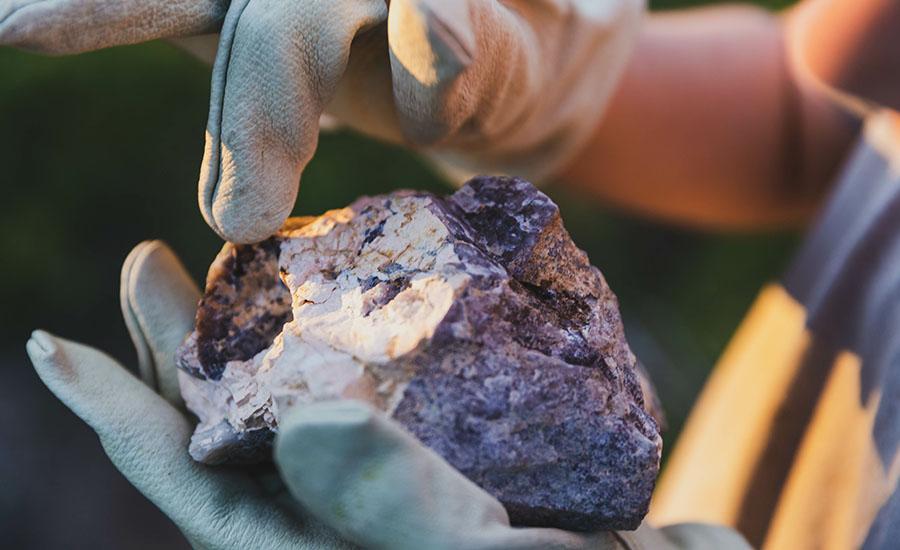
Rocks and Minerals
by Nidia Hurtado Diaz
Today, we will articulate the concept that a mineral is a naturally occurring solid with a distinctive crystal shape.
Today, we will illustrate that rocks are composed of individual mineral pieces fused together, through practical demonstrations.
Today, we will enhance our collaborative in hands on and communication skills by working effectively with peers to explain the processes involved in the formation, breakdown, and movement of rocks within the rock cycle
By the end of today's lesson, students will proficiently identify various types of rocks through hands-on exploration and excavation in soil.
Lesson Grade Level
3rd GradeLesson Plan Link/URL
https://docs.google.com/presentation/d/1nCHCxUn88jABNUDt_6VkYbXPWfq_PM9I/edit?u…Subject Area
Science Physical Science Engineering S4: Apply Science to Engineering English Language Arts (ELA) Reading (Informational Text)
Featured
Off
Related Content

Grades:
Kindergarten, 1st Grade, 2nd Grade, 3rd Grade
Students will learn about the engineering design process by working in small groups to identify a problem, then design and create a solution, inspired by the main character's creativity and problem

Grades:
2nd Grade, 3rd Grade
Students will research a biome around the world, including 3 animals, 3 plants, and 3 nonliving parts of the ecosystem. Students will construct a diorama of the biome and illustrate a natural disaster

Featured
Rocket Science
Grades:
3rd Grade, 4th Grade, 5th Grade
This engaging lesson is a great introduction for space exploration units. This plan goes over the history of rockets, how they work, and how modern rockets help us explore the solar system. There are